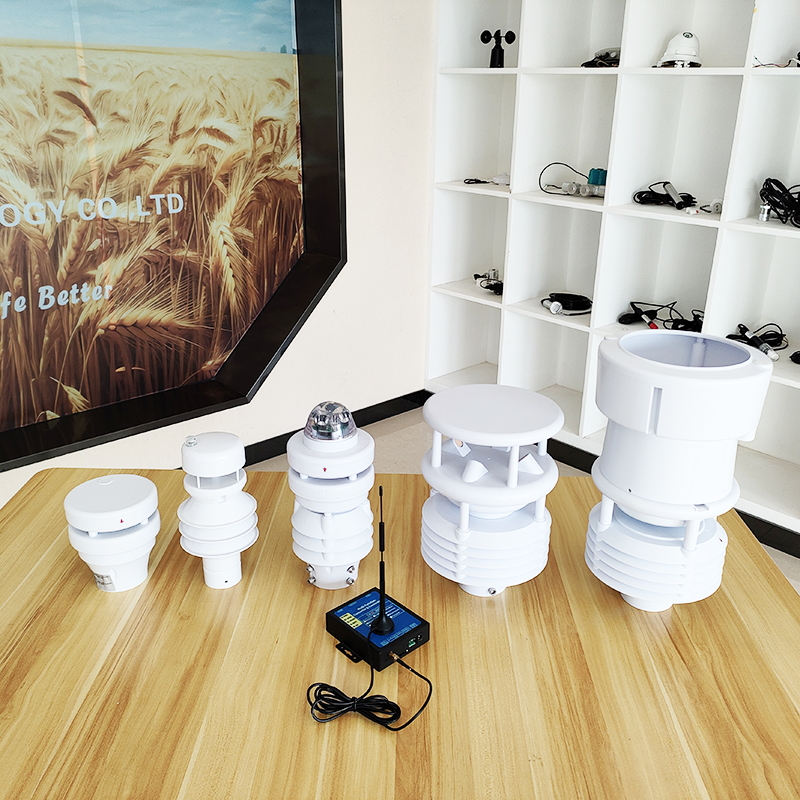This map, created using new COWVR observations, shows Earth’s microwave frequencies, which provide information about the strength of ocean surface winds, the amount of water in clouds, and the amount of water vapor in the atmosphere.
An innovative mini-instrument aboard the International Space Station has created the first global map of humidity and sea breezes.
After installation on the International Space Station, two small instruments designed and built by NASA’s Jet Propulsion Laboratory in Southern California were launched Jan. 7 to begin collecting data on Earth’s ocean winds and atmospheric water vapor that are used for weather and ocean forecasts. Key information needed. Within two days, the Compact Ocean Wind Vector Radiometer (COWVR) and the Temporal Space Experiment in Storms and Tropical Systems (TEMPEST) had collected enough data to begin creating the map.
COWVR and TEMPEST launched on December 21, 2021, as part of SpaceX’s 24th commercial resupply mission to NASA. Both instruments are microwave radiometers that measure changes in the Earth’s natural microwave radiation. The instruments are part of the US Space Force’s Space Test Program Houston-8 (STP-H8), which aims to demonstrate that they can collect data of comparable quality to larger instruments currently operating in orbit.
This new map from COWVR shows 34 GHz microwaves emitted by the Earth at all latitudes visible from the space station (from 52 degrees north latitude to 52 degrees south latitude). This special microwave frequency provides weather forecasters with information about the strength of winds at the ocean’s surface, the amount of water in clouds, and the amount of water vapor in the atmosphere.
The green and white colors on the map indicate higher levels of water vapor and clouds, while the dark blue color of the ocean indicates dry air and clear skies. The image captures typical weather conditions such as tropical moisture and precipitation (green stripe in the center of the map) and mid-latitude storms over the ocean.
Radiometers require a rotating antenna so they can observe large areas of the Earth’s surface rather than just a narrow line. In all other space microwave radiometers, not only the antenna, but also the radiometer itself and associated electronics rotate approximately 30 times per minute. There are good scientific and engineering reasons for a design with so many rotating parts, but keeping a spacecraft stable with so much moving mass is a challenge. In addition, the mechanisms for transferring energy and data between the rotating and stationary sides of the tool have proven to be labor-intensive and difficult to manufacture.
COWVR’s complementary instrument, TEMPEST, is the result of decades of NASA investment in technology to make space electronics more compact. In the mid-2010s, JPL engineer Sharmila Padmanabhan began thinking about what scientific goals could be achieved by placing compact sensors on CubeSats, very small satellites that are often used to cheaply test new design concepts.
If you want to know about small weather stations, you can contact us.
Post time: Mar-21-2024


